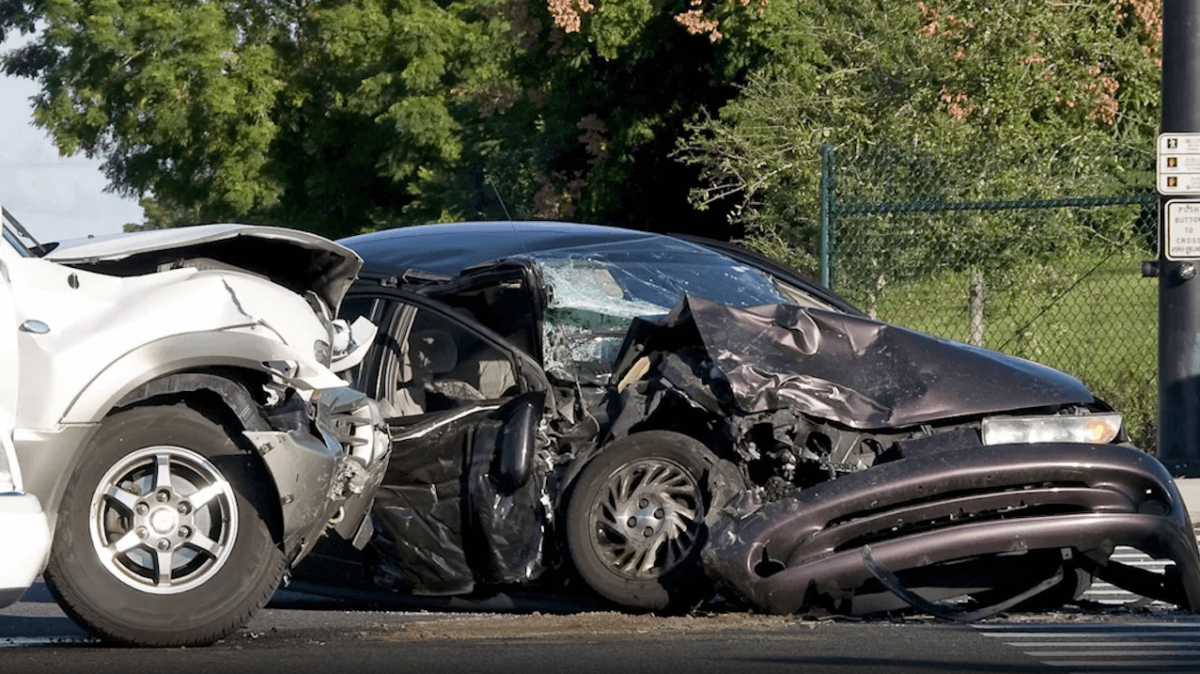
What if your auto accident case settled for $25,000 but it could have been a million-dollar case? Most lawyers will investigate auto accident cases, yet few actually screen them for auto product defect claims; and, there may be little information publicly available about a specific defect that could be involved in your case.
Surprisingly, the National Highway Traffic Safety Administration (NHTSA)—the nation’s top safety regulatory agency—is unlikely to be much help. In 2000, Congress passed the Transportation Recall Enhancement, Accountability and Documentation (TREAD) Act, which required automakers to report to NHTSA any claims they received that blamed auto defects for serious injuries and deaths. The TREAD Act also required NHTSA to analyze fatal crash data.
A 2014 investigation by The New York Times, however, found that NHTSA had not required automakers to make full disclosures when conducting “death inquiries,” instead permitting manufacturers to conceal critical information. NHTSA made “optional” the critical question: “What may have caused the accident”?
Through a Freedom of Information Act request, The Times found “only four cases in which a manufacturer responded to the question, and none in which a defect in the vehicle was identified.” The investigation included all inquiries made of General Motors, Ford, and Chrysler in one quarter of 2012.
Because of these poor reporting requirements, publicly available information about specific vehicle defects likely will be limited. Whether you have been injured in a car accident—or you are an attorney evaluating an auto accident case—successfully identifying an auto product defect claim is largely dependent on the initial case evaluation.
Could My Auto Accident Case Have a Product Defect in Play?
Attorneys representing crash victims must be diligent to identify all potential failures that result in injury. Four areas to consider when trying to determine if an auto product defect contributed to an accident or an occupant’s injury or death:
1. A minor collision at residential speed resulted in a catastrophic injury or death.
2. One vehicle occupant is severely injured or killed while others suffered only minor (or no) injuries.
3. A localized area of the vehicle failed or had severe damage, which suggests that area or a component failed.
4. Seat-belted occupants were seriously injured or were ejected.
Contact Langdon & Emison
Failing to identify an auto defect—or look for one—could result in recovering far less than what justice would provide if your case involves a faulty vehicle. If you were injured or lost a loved one in a car accident—or if you are evaluating a car accident case—and you think an auto defect could be in play, contact Langdon & Emison at 866-931-2115 or click on the chat box to the right.
Langdon & Emison’s reputation as a national leader in auto product liability litigation comes from 30 years of taking on the world’s largest auto manufacturers in courtrooms from coast to coast, including the U.S. Supreme Court. Whether you are a client or a referring attorney, we will be pleased to review your case for an auto product defect at no cost or obligation to you or help in any way we can.

